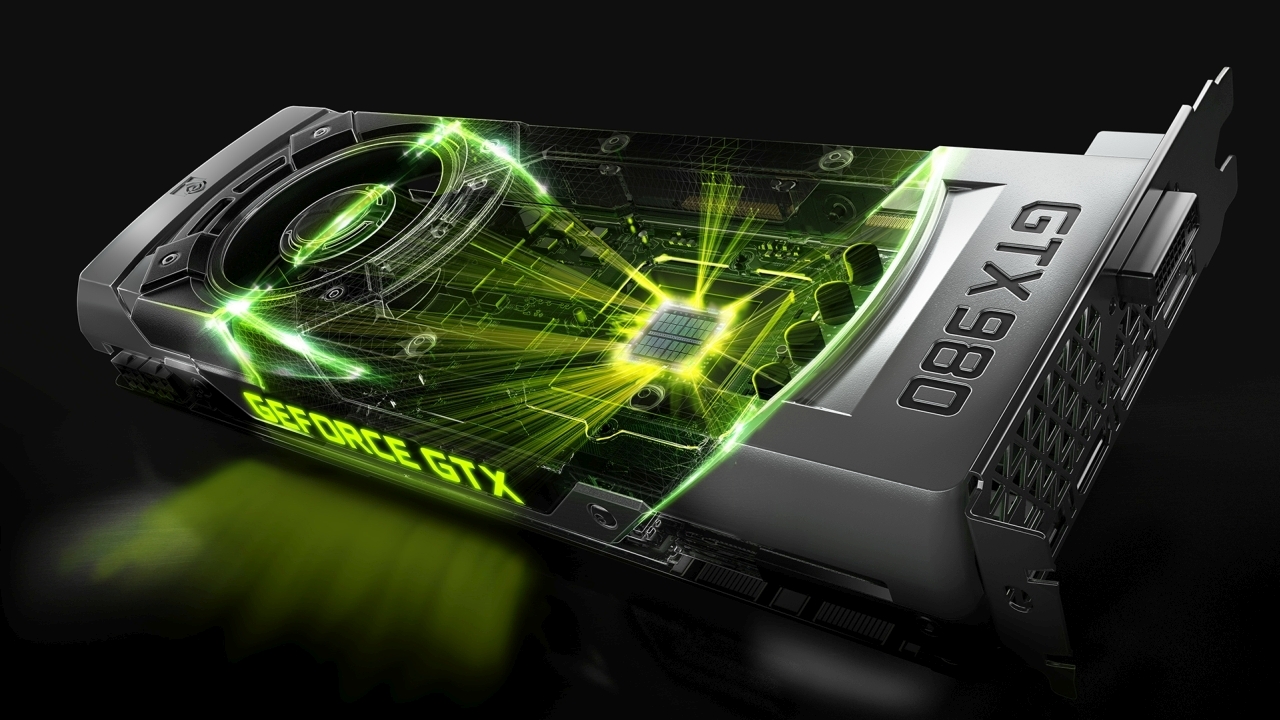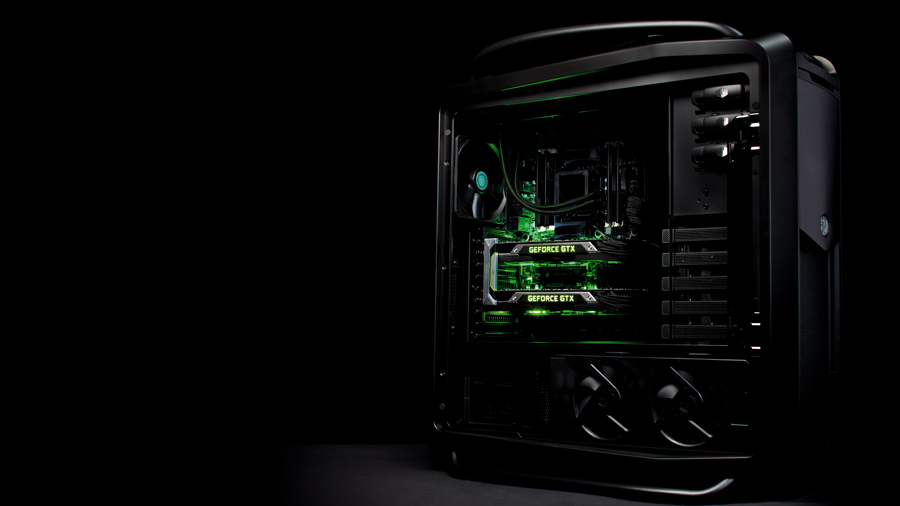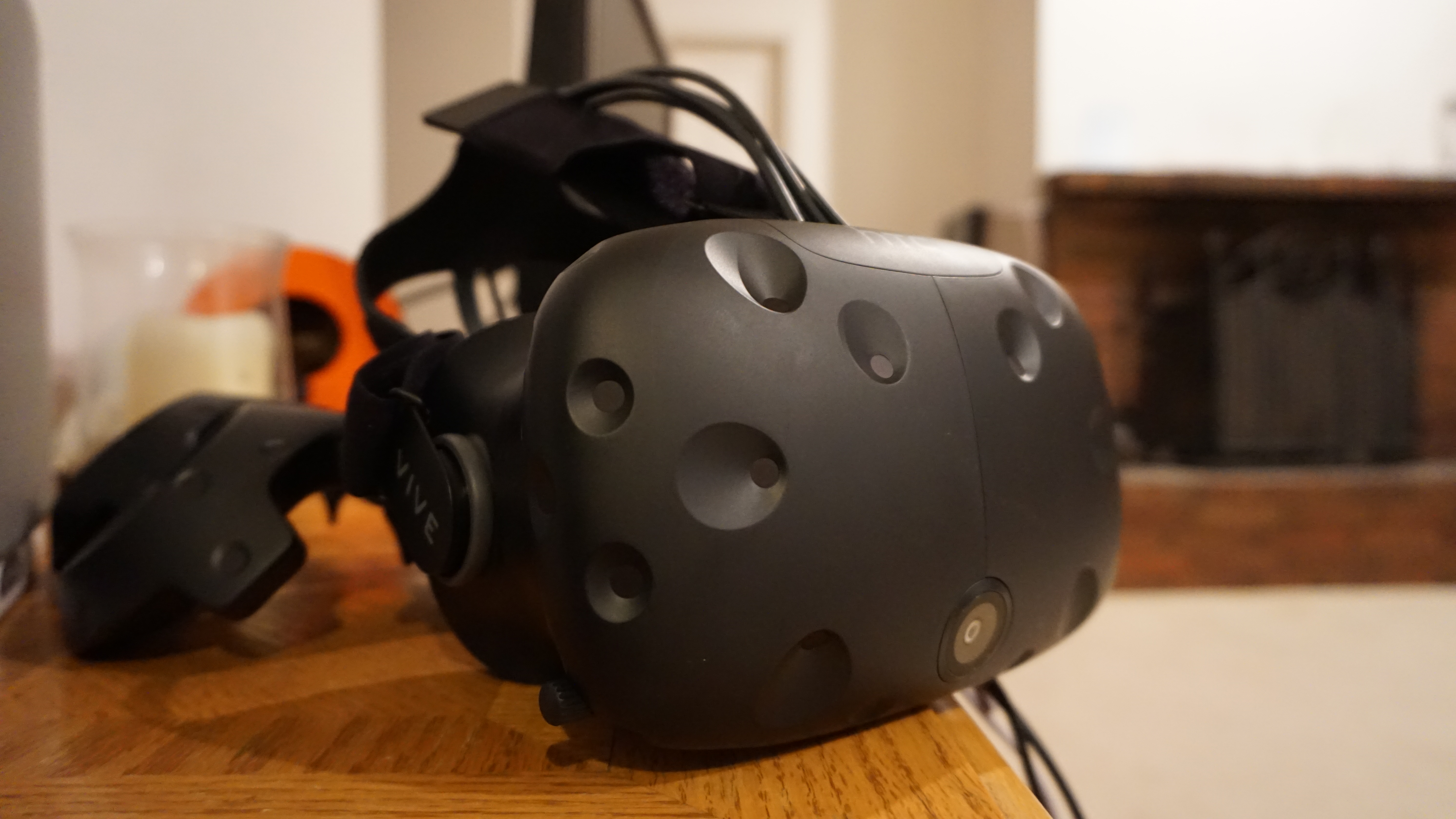From GeForce Experience to GameWorks: 5 ways Nvidia is supporting VR
We put five quick questions to the GPU maker

Virtual reality is still in its early stages. To ensure that your PC is ready for VR, Nvidia is delivering driver updates through its GeForce Experience software while identifying gaming PCs powerful enough to run the latest games through its GTX VR-Ready program.
Still, a few questions remain: what's the best graphics card for VR? What difference will having the latest drivers make, and what tools are developers using to create the best virtual reality experiences? To find out, we put five quick questions to Nvidia's General Manager Jason Paul.
TechRadar: How does Nvidia advise gamers to optimise their PCs for VR?
Jason Paul: We recommend using a GeForce GTX 970 or above GPU to achieve a high and consistent framerate, and then use GeForce Experience to make sure you have the latest drivers and to optimize in-game settings.

TR: How else is GeForce Experience going to support VR?
JP: To date, GeForce Experience has delivered driver updates, game profiles, and optimal settings to tens of millions of desktop and notebook gamers around the world. With the arrival of VR, GeForce Experience has now expanded to include optimal settings for virtual reality games, enabling players to configure their systems for demanding VR experiences with a single click. This will help to ensure a smooth, consistent 90 FPS experience for the latest VR games, something that is essential when achieving a truly immersive experience.
TR: How will consumers know if gaming PCs can handle VR?
Get daily insight, inspiration and deals in your inbox
Sign up for breaking news, reviews, opinion, top tech deals, and more.
JP: NVIDIA's focus is on delivering the best VR experience possible, and are working closely with our partners on VR-ready PCs, notebooks and graphics cards. Our GeForce GTX VR-Ready program is designed for consumers to easily be able to identify VR-capable hardware via a "GeForce GTX VR-Ready" badge that will show which systems meet the recommended specs and deliver an optimal experience. There are now over 100 partners participating.

TR: What does VR SLI support for the Unity Game Engine mean for developers?
JP: Simply put, direct support in the Unity Engine means that the integration of VRWorks technologies will be a lot simpler for developers on that platform. VR SLI provides increased performance for virtual reality apps where multiple GPUs can be assigned a specific eye in order to dramatically accelerate stereo rendering. And with the GPU affinity API, VR SLI can scale for systems with more than two GPUs – a very welcomed bonus for many.
TR: What GameWorks technologies will be developed specifically for VR games?
JP: Due to the sheer amount of GPU processing power needed, we have been working to increase performance and improve the overall experience by creating NVIDIA VRWorks; a software development kit for VR headsets and game developers that improves performance, reduces latency, and improves compatibility. It includes a collection of features for game and applications developers, as well as VR headset and professional developers alike. These features include Multi-res Shading, VR SLI, Context Priority, and Direct Mode.
